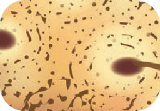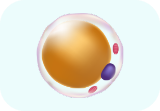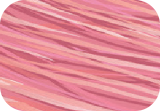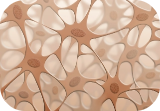Main navigation
About the umbilical cord
What is the umbilical cord?
The umbilical cord connects the developing foetus to the placenta. This lets blood carry oxygen and food to the baby while it is still in the womb. After the baby is born, the umbilical cord is usually cut and discarded along with the placenta as medical waste, until researchers discover its medical potential.
What are umbilical cord lining stem cells?
The umbilical cord lining contains a high concentration of Mesenchymal Stem Cells (MSCs) and Cord Lining Epithelial Stem Cells (CLECs). Both of these cells have shown a lot of potential to help heal damaged tissues and organs and treat different diseases. MSCs are the building blocks of structural tissues in our body, such as bone, cartilage, muscle, fibrous tissues, and fat. On the other hand, CLEpSCs form the soft tissues that connect, support, or surround certain structures and organs in the body, such as the cornea, skin, and liver.
Scientists believe that the umbilical cord lining also contains other types of stem cells that may be useful, but have yet to be discovered.
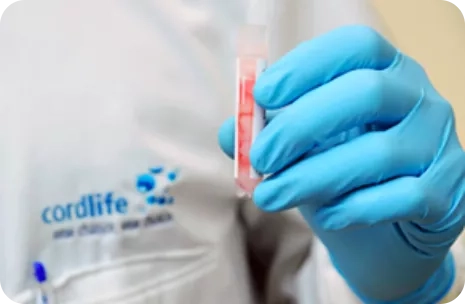
Cord Lining Epithelial Stem Cells (CLEpSCs)

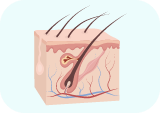
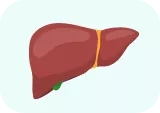
Mesenchymal Stem Cells (MSCs)
